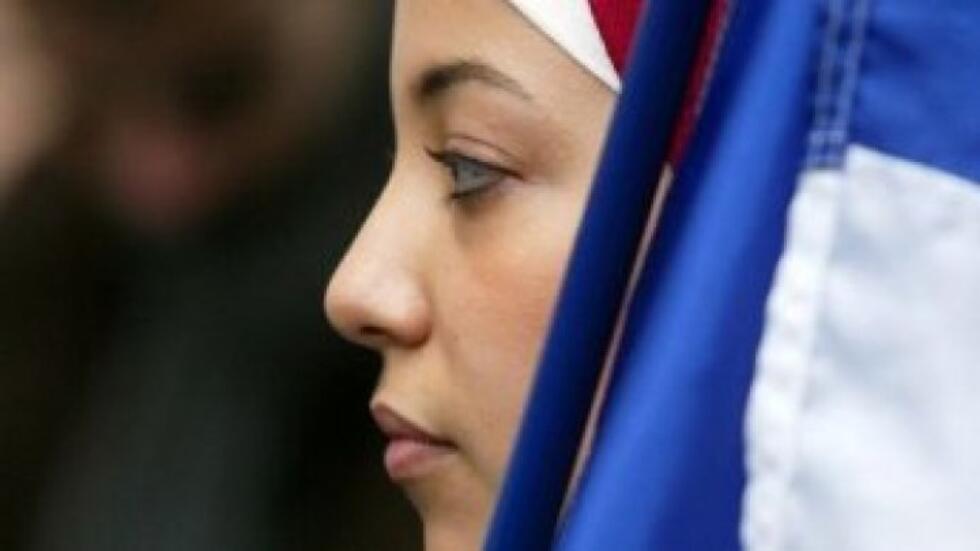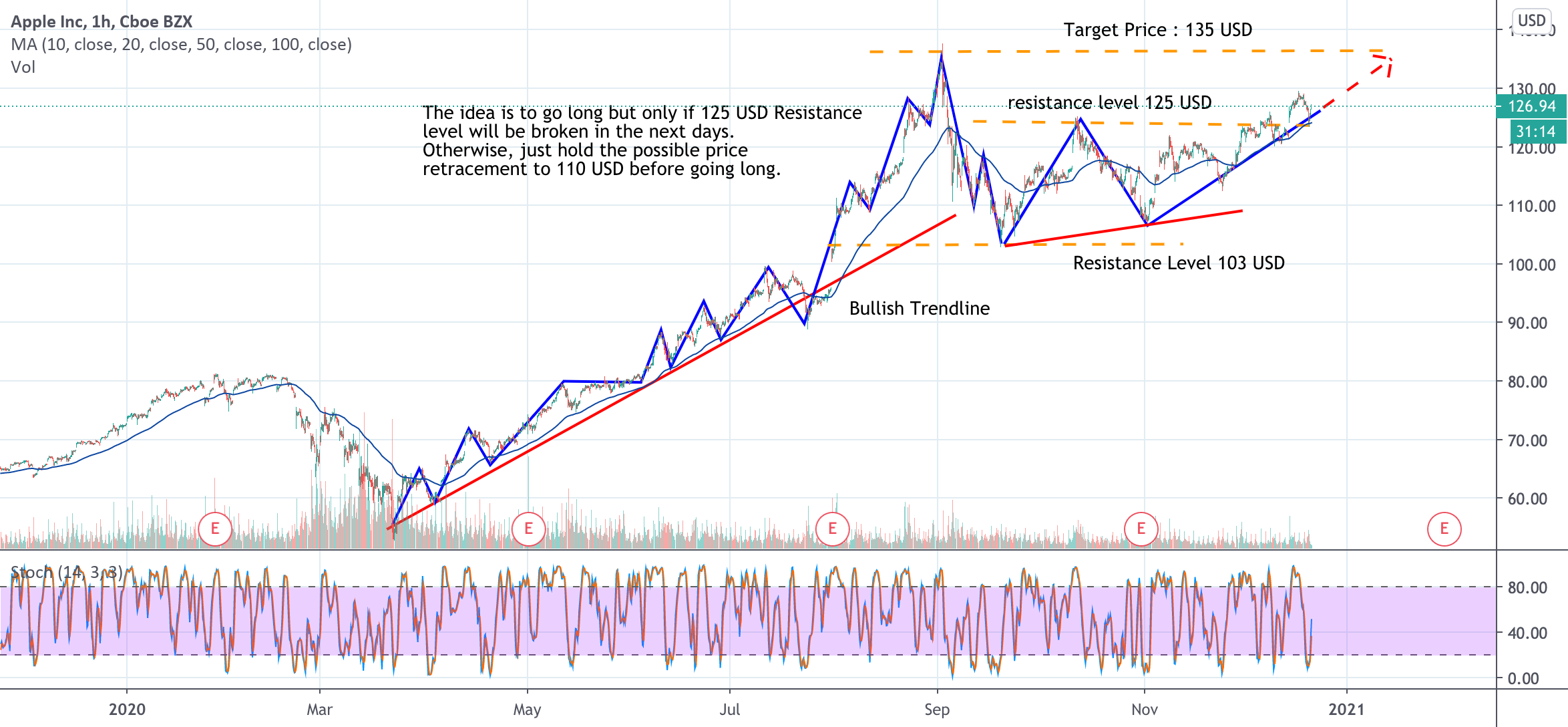French Government Considers Ban On Hijab For Minors In Public Areas

Table of Contents
The Proposed Legislation and its Rationale
The proposed law aims to prohibit minors from wearing the hijab in designated public areas. While the exact details remain fluid, the potential legislation would likely affect girls under a specific age, perhaps as young as 12 or 15, wearing the hijab in public spaces such as schools, streets, and public transportation. The government's stated objectives center on upholding the principle of laïcité (secularism) and protecting minors from what it perceives as undue pressure or coercion.
- Specific age range potentially affected: This is still under debate, with suggestions ranging from 12 to 18 years old. The lack of clarity adds to the controversy.
- Definition of "public areas": The scope of "public areas" is also unclear, potentially encompassing all public spaces, or being limited to specific settings like schools and government buildings. This ambiguity fuels further debate.
- Government's stated reasons for the ban: The government argues the ban is necessary to prevent radicalization, protect children's autonomy, and reinforce the principle of secularism enshrined in French law. They emphasize safeguarding the child's right to choose freely, uninfluenced by religious pressure.
- References to existing French laws regarding secularism (laïcité): The proposal builds upon existing laws concerning religious neutrality in public schools and institutions. However, critics argue extending this to a complete ban on the hijab for minors is a significant leap.
Arguments For the Ban
Proponents of the ban emphasize concerns about the protection of minors, the safeguarding of secular values, and the prevention of societal divisions.
- Concerns about coercion and pressure on young girls to wear the hijab: Supporters argue that young girls are often pressured into wearing the hijab, lacking the maturity to make informed choices about their religious expression. They cite societal pressures within certain communities.
- Arguments regarding the incompatibility of religious symbols with French secular principles: The core argument hinges on laïcité, emphasizing that religious symbols have no place in the public sphere, particularly for those who are considered not yet capable of independent decision-making.
- Claims about the potential for the hijab to isolate young girls from French society: Proponents express concern that wearing the hijab might hinder integration and social interaction with peers, potentially leading to marginalization.
- Potential links to discussions on gender equality and women's rights: Some supporters link the ban to broader discussions about gender equality, arguing the hijab is a symbol of patriarchal oppression.
Arguments Against the Ban
Opponents of the ban raise serious concerns about religious freedom, potential discrimination, and the efficacy of the proposed measure.
- Violation of fundamental rights to religious freedom and expression: Critics argue the ban infringes upon the fundamental human rights of religious freedom and self-expression, guaranteed by international and French law.
- Potential for increased marginalization and discrimination against Muslim girls and families: The ban could lead to increased stigmatization and discrimination against Muslim girls and their families, further alienating a significant segment of the population.
- Concerns about the effectiveness of the ban in achieving its stated goals: Opponents question whether a ban would truly address the underlying issues of coercion or radicalization, arguing that it might even have the opposite effect, driving practices underground.
- Arguments emphasizing the importance of dialogue and education over restrictive measures: Critics advocate for dialogue, education, and community engagement as more effective tools to foster integration and counter coercion, rather than imposing restrictive legislation.
International Precedents and Comparisons
Several countries have implemented bans or restrictions on religious attire in public spaces, offering both examples and cautionary tales. However, the specifics vary significantly across cultures and legal frameworks.
- Examples of countries with bans or restrictions on religious attire in public spaces: While some European countries have debated similar restrictions, few have implemented comprehensive bans on the hijab for minors. The cultural context significantly impacts the reception and effectiveness of such measures.
- Comparison of the legal frameworks and societal reactions in different countries: A comparison of these different approaches reveals varying levels of success and societal acceptance. The impact of similar laws in countries with different levels of Muslim populations highlights the complexities involved.
- Analysis of the success or failure of such measures in achieving their intended goals: Studies on existing restrictions suggest that bans often prove ineffective in achieving their stated goals, and frequently lead to unintended negative consequences.
Potential Consequences and Future Implications
The proposed ban carries significant social, political, and legal ramifications, both domestically and internationally.
- Impact on relations between the French state and the Muslim community: The ban could further strain already tense relations between the French government and the Muslim community, potentially leading to increased social unrest.
- Possible legal challenges and court cases: The legislation is likely to face significant legal challenges, potentially reaching the European Court of Human Rights.
- International reactions and criticism: The ban is expected to draw international criticism from human rights organizations and other nations concerned about religious freedom.
- Long-term effects on social cohesion and integration: The long-term consequences could be detrimental to social cohesion and integration, exacerbating existing divisions within French society.
Conclusion
The debate surrounding a potential hijab ban France minors is deeply complex, pitting concerns about secularism and the protection of minors against fundamental rights to religious freedom and expression. The arguments for and against the ban highlight the inherent tension between upholding national values and safeguarding individual liberties. The core debate remains: how to effectively balance the principles of laïcité with the fundamental rights of its citizens.
The debate surrounding a potential hijab ban France minors is far from over. Understanding the various perspectives and potential consequences is crucial for informed public discourse. Continue to follow this evolving situation and engage in respectful dialogue to address the multifaceted challenges raised by this controversial proposal.

Featured Posts
-
 Is Apple Stock Going To 254 A Wall Street Analysts Prediction And Investment Analysis
May 25, 2025
Is Apple Stock Going To 254 A Wall Street Analysts Prediction And Investment Analysis
May 25, 2025 -
 Gauff Triumphs Italian Open Third Round Berth
May 25, 2025
Gauff Triumphs Italian Open Third Round Berth
May 25, 2025 -
 Penzionerski Raj Luksuzan Zivot I Milionska Imovina
May 25, 2025
Penzionerski Raj Luksuzan Zivot I Milionska Imovina
May 25, 2025 -
 Sse Cuts 3 Billion Spending Impact Of Slowing Growth
May 25, 2025
Sse Cuts 3 Billion Spending Impact Of Slowing Growth
May 25, 2025 -
 2025 Porsche Cayenne A Comprehensive Look At Its Interior And Exterior
May 25, 2025
2025 Porsche Cayenne A Comprehensive Look At Its Interior And Exterior
May 25, 2025
